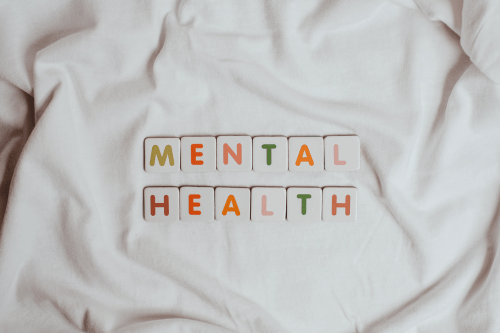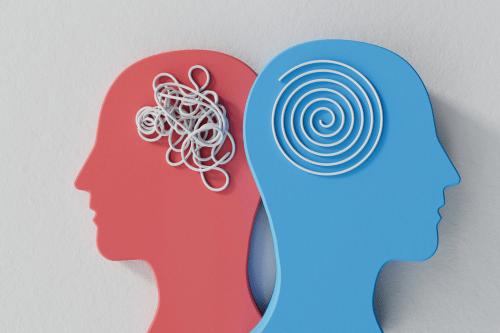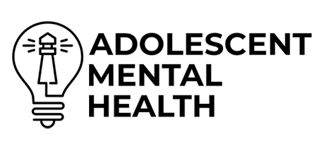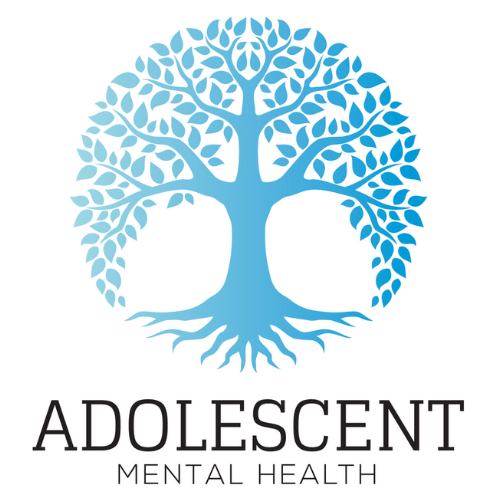Doom Scrolling Attention Span: How to Break Free from the Cycle
What is Doomscrolling?
Doomscrolling refers to the habit of endlessly consuming negative content, particularly bad news, on a social media platform, news feeds, or other digital content sources. This doomscrolling concept has gained significant attention, especially since the COVID-19 pandemic, where constant exposure to distressing updates led to heightened anxiety and increased social media addiction. While it may seem like staying informed is a responsible approach, doom scrolling can become a compulsive behavior that negatively impacts mental health, screen time balance, and overall well-being.
The Psychology Behind Doomscrolling
Understanding Anxiety and FOMO
Doomscrolling is strongly linked to mental health issues, particularly anxiety, stress, and Obsessive-Compulsive Disorder (OCD). Many people feel an intense Fear of Missing Out (FOMO) on significant developments, which drives them to check social media feeds, news sources, and social networks obsessively. The relationship between doomscrolling and anxiety is evident in various experimental studies, including a large-scale cross-sectional study that found excessive news consumption contributes to psychological distress.
The Role of Algorithms in Content Curation
Social media apps and news platforms employ complex algorithms designed to maximize engagement by prioritizing pessimistic news items, negative content, and sensational headlines. These algorithms keep users in a cycle of endless scrolling by continuously feeding them distressing news on developments from around the world. This mediation between doomscrolling and mental distress reinforces negative effects on mental health conditions such as depression, stress, and increased emotional exhaustion.
The Impact of Doomscrolling on Mental Health

Increased Anxiety and Depression
The association between doomscrolling and declining mental well-being has been explored in multiple study samples, including longitudinal studies examining the indirect effects of prolonged social media usage hours. These studies suggest that excessive exposure to bad news increases anxiety and depression, leading to a decline in life satisfaction and overall harmony in life level. The COVID-19 crisis further intensified these effects, with many individuals reporting feelings of despair and helplessness during the lockdown period.
Reduced Attention Span and Focus
The negative effects of doomscrolling extend beyond mental health conditions—they also impact cognitive function and attention span. Excessive screen time conditions the brain to process short-form content rapidly, reducing the ability to focus on deep work, conversations, or other offline activities. A study protocol examining the relationship between item responses and prolonged news consumption found that those engaging in constant exposure to social media sites had significantly lower attention spans and difficulty concentrating on daily life tasks.
Recognizing the Signs of Doomscrolling
Behavioral Indicators
- Spending a long period of time scrolling through digital content, particularly negative news.
- Feeling compelled to check multiple news sources and social media apps frequently.
- Losing track of time while engaging in social media feeds.
- Experiencing difficulty stopping or limiting screen time, especially at night.
Emotional Indicators
- Increased stress, anxiety, or sadness after exposure to news.
- Feelings of mental exhaustion and helplessness after consuming pessimistic news items.
- A decline in mental well-being indicators such as joy, motivation, or relaxation.
Strategies to Combat Doomscrolling
Setting Boundaries for News Consumption
One effective way to minimize the dangers of doomscrolling is by setting clear time limits for engaging with news feeds and social media sites. The Doomscrolling Scale, a tool designed to measure the relations between doomscrolling and mental distress, suggests limiting news consumption to specific periods of the day to maintain a balanced approach.
Curating Positive Content
To counteract the negative effects of doomscrolling, individuals should actively seek out uplifting news sources, engaging in mindful activities that promote well-being. A network analysis of social media behavior suggests that diversifying content exposure by following sources that promote mental well-being can significantly improve mental wellbeing levels.
Engaging in Mindful Activities
Replacing excessive screen time with mindful activities, such as meditation, physical health exercises, or social activities, can help restore balance. Many experts recommend using social media apps like “Phone Addiction” or “Phone Check” to track screen time and encourage healthier digital habits.
Replacing Scrolling with More Fulfilling Activities
Instead of doomscrolling, consider engaging in offline activities that promote quality of life:
- Reading a book instead of scanning social media platforms.
- Exercising or going for a walk to improve mental well-being.
- Practicing a hobby or creative activity to enhance harmony in life level.
- Spending joyful time with loved ones to counterbalance the psychological stress caused by bad news.
Long-term Effects of Doomscrolling

Mental Health Consequences
Several separate studies and longitudinal studies have found that doomscrolling contributes to long-term mental health conditions such as depression, anxiety, and even psychiatric disorder symptoms. The Edinburgh Mental Well-being Scale, used to measure well-being indicators, suggests that reducing exposure to digital content, particularly negative news, significantly improves mental well-being levels.
Impacts on Social Interactions and Relationships
Excessive social media usage hours spent doomscrolling can negatively impact personal relationships and social activities. Studies on the correlations between doomscrolling and social withdrawal highlight that those engaging in prolonged exposure to negative content are more likely to isolate themselves from in-person interactions.
Conclusion: Reclaiming Control Over Digital Consumption
Breaking free from doomscrolling is not about ignoring important global developments—it’s about consuming information in a way that supports mental well-being. By setting boundaries, curating digital habits, and prioritizing offline activities, individuals can reclaim control over their digital life. Awareness about the implications for awareness regarding excessive screen time and exposure to news should be emphasized, promoting public awareness on the dangers of doomscrolling. Taking proactive steps today can lead to a healthier, more balanced approach to information consumption and an overall improvement in mental and emotional well-being.
For those struggling with doomscrolling and its impact on mental health, seeking professional guidance from mental health services such as Adolescent Mental Health can be beneficial. By fostering a mindful relationship with digital content, individuals can enhance their well-being and maintain a positive outlook on daily life.










